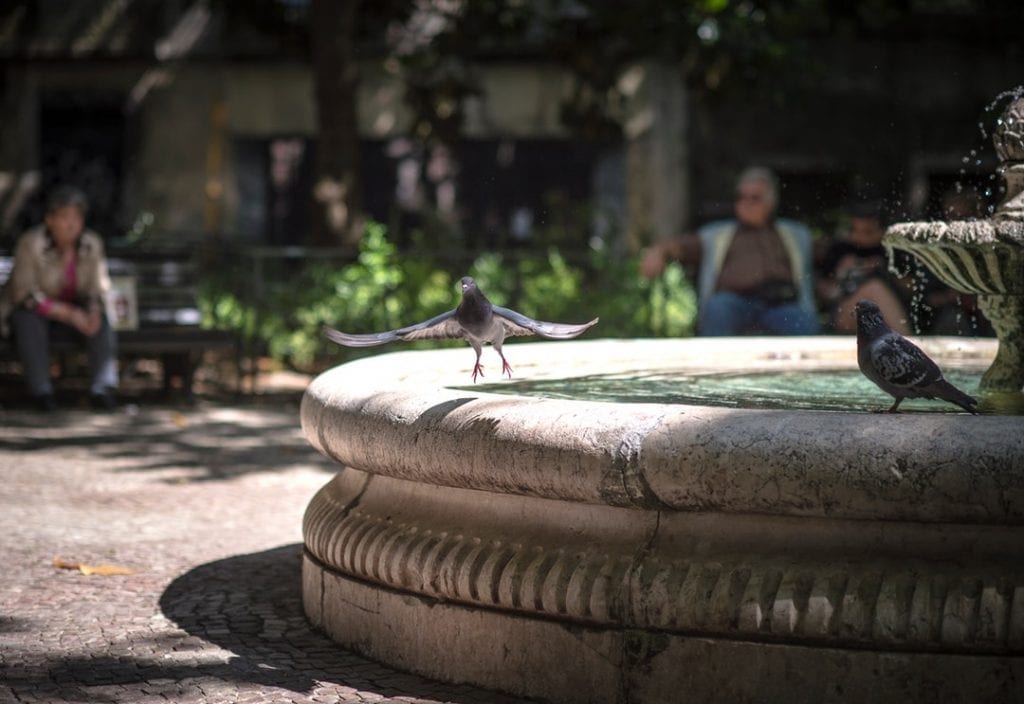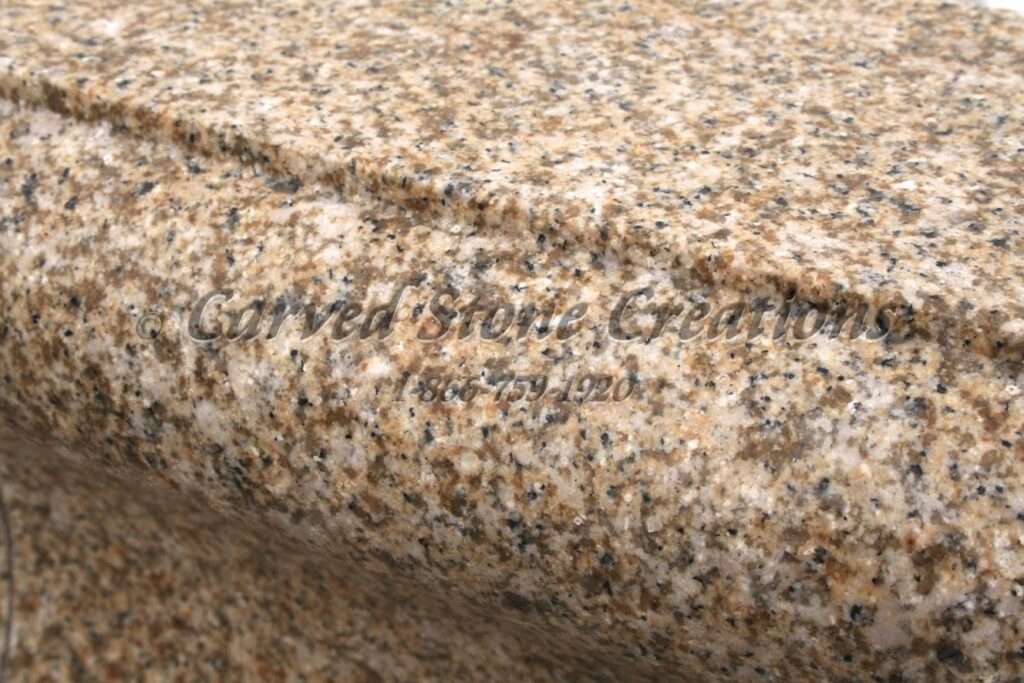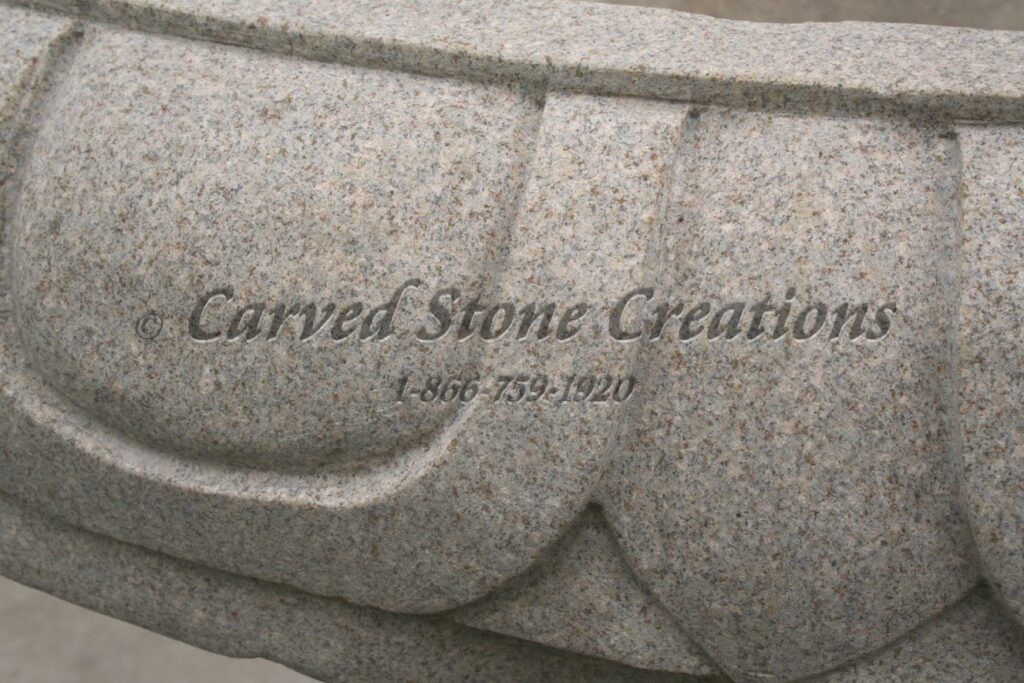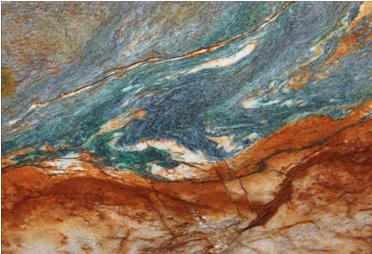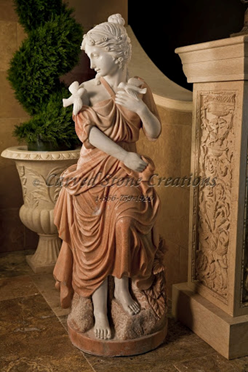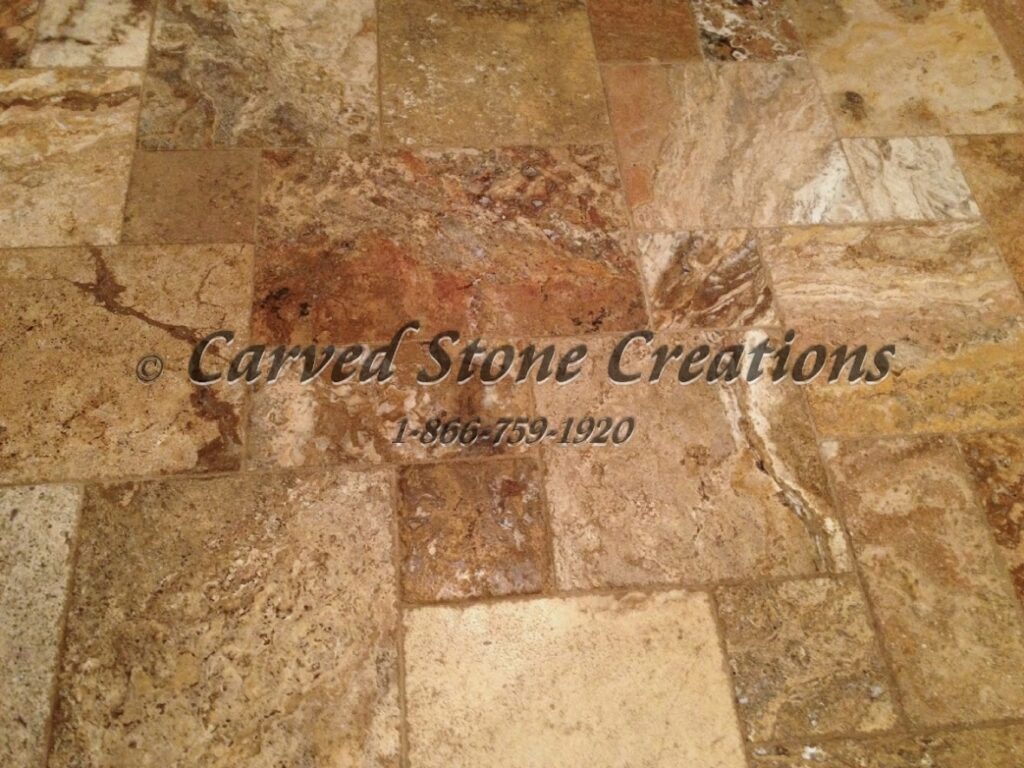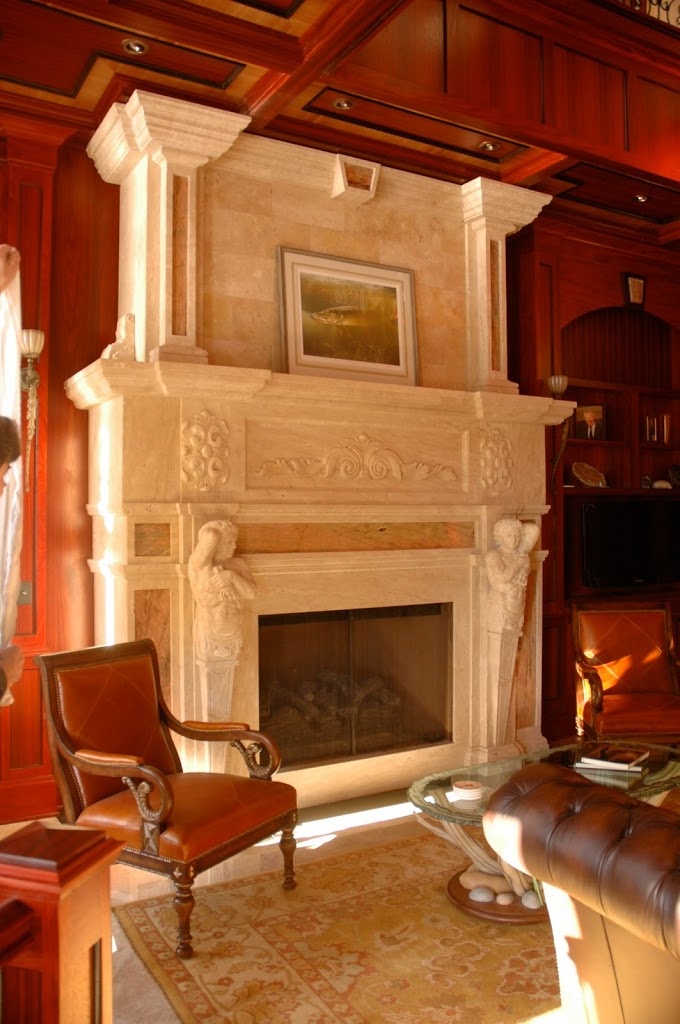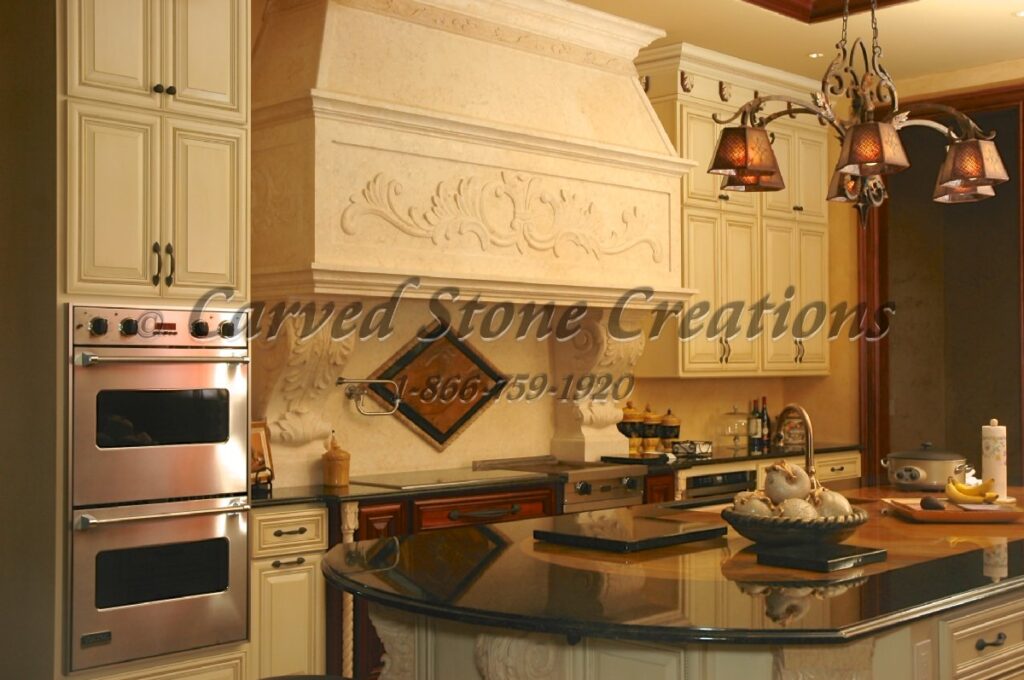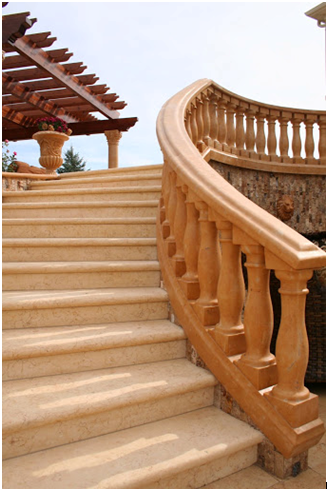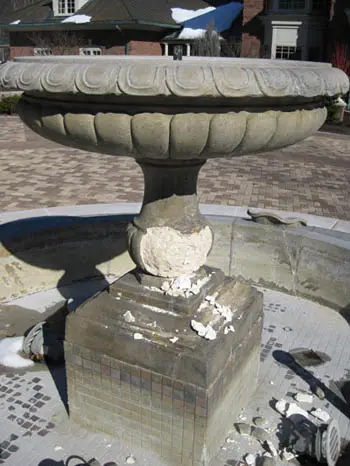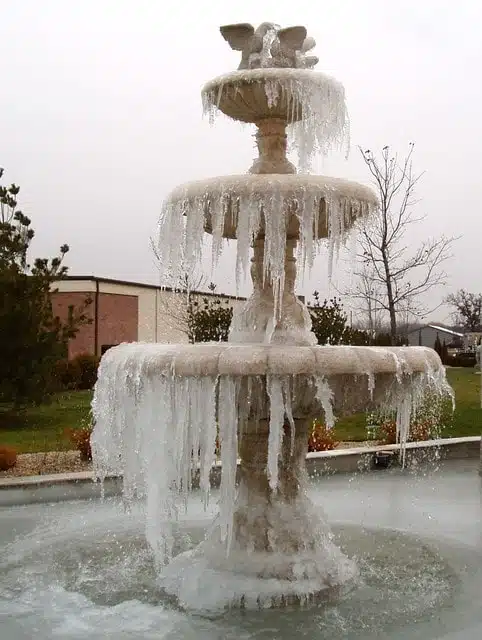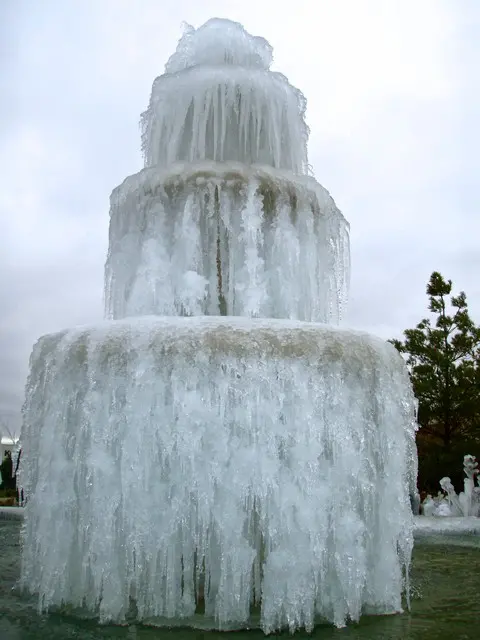A yard water fountain can add appeal and value to any home when it looks pristine.
With busy schedules and tight budgets, it can become less of a priority to care for the fountain. In fact, the average homeowner spends an average of $1,204 a month on home costs. If you’re looking for ways to make your fountain maintenance quick and easy, check out these tips.
Take Care of the Pump
In order to prevent serious problems with your fountain, make sure you take care of the pump.
Most people notice their pump is the first thing that accumulates buildup and debris. Since the water flows through the filter via the pump, it can accumulate the most buildup. Making it a habit to clean the pump will prevent you from having to deal with excess buildup. To tend to the pump, all you have to do is remove it from the fountain and wipe it down with a clean sponge.
If the pump has small and tough to reach areas, you might need to use a toothbrush to ensure you take care of all the buildup. Keep in mind the pump also has to be completely submerged in water. Depending on the climate and region, your fountain might drain of water faster than expected.
Make sure you pay attention to how often your fountain runs out of water, so the pump always stays submerged.
Distilled water prevents excess algae buildup and gives you more time in between cleanings. Using distilled water might not be a problem for those with small fountains, however, large fountains might not be as easy.
If you have a large fountain, and distilled water is not an option, you can use other solutions to control the algae buildup. Using Chlorine tablets, bromine, salt or algaecide will control algae in large fountains.
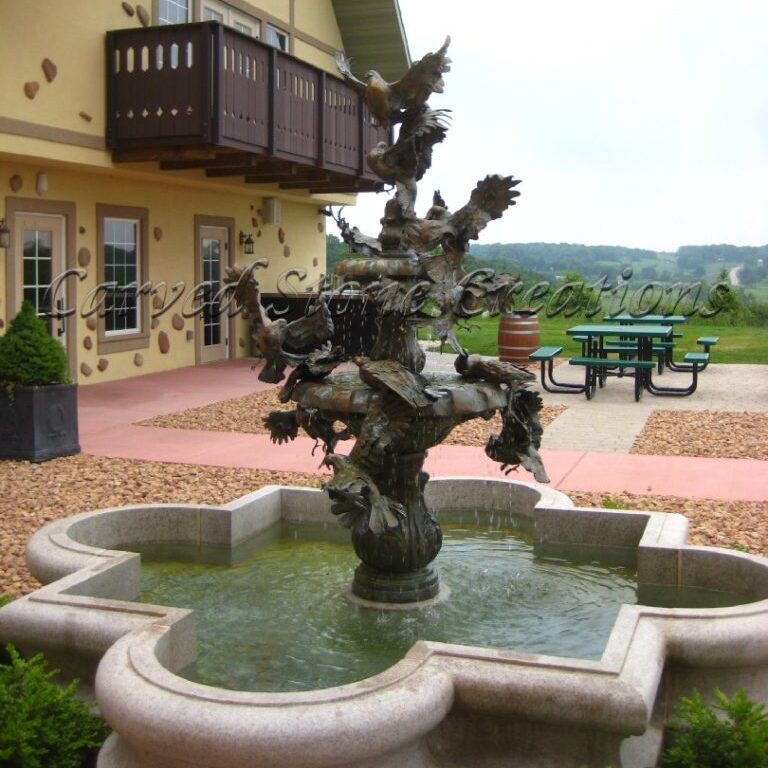
The Type of Water You Use
Some fountain owners notice no matter how many times they clean their fountain, it’s always covered in algae. If you’re having this problem with your fountain, start using distilled water, or water that’s been “filtered” through your homes water softener system instead.
Distilled water prevents excess algae buildup and gives you more time in between cleanings. Using distilled water might not be a problem for those with small fountains, however, large fountains might not be as easy.
If you have a large fountain, and distilled water is not an option, you can use other solutions to control the algae buildup. Using a birdbath cleanser or fountain cleanser will control algae in large fountains.

Fountain Maintenance Tips: The Bottom Line
If you follow these tips, you will never feel burdened by fountain maintenance. Remember to keep in mind the material, the water, and the pump.
Looking for a new fountain for your home? Check out our complete fountain inventory.
